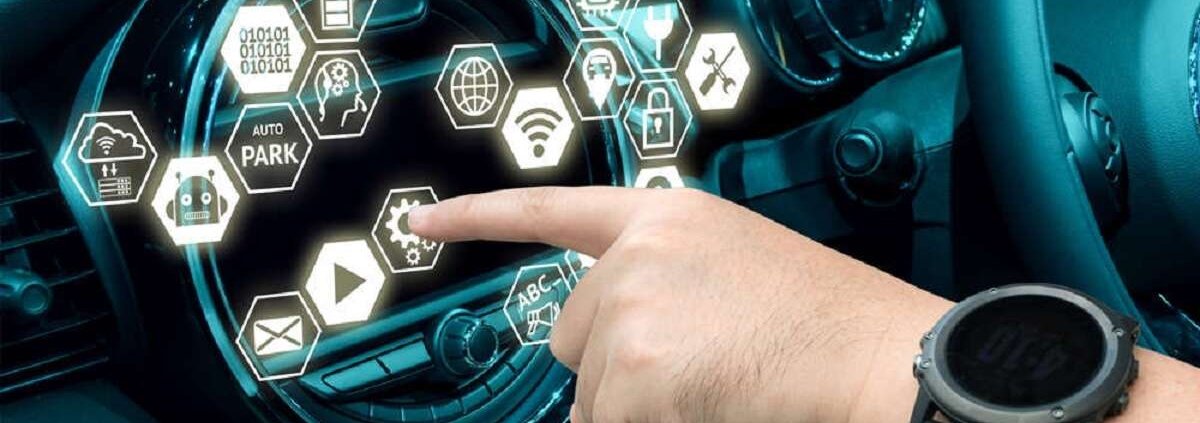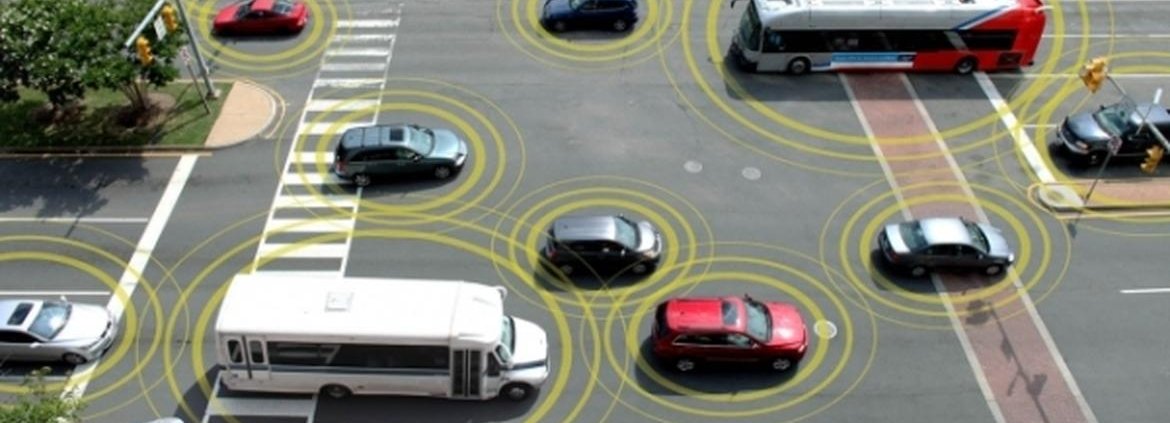The Internet of Things has proven its value across a wide swath of markets, but perhaps most visibly in the automotive industry. Cars are ubiquitous. Almost everyone has one, or at least has one in the family, and they’re a point of pride for teenagers and shipping magnates alike. The connected car is only the latest in a long line of automotive innovations.
IoT applications are far ranging in the automotive world, and the technology is being used for entertainment, for safety, and for efficiency. At its core, IoT is simply about making the world more connected. In a way, that’s what cars do, too. Perhaps we shouldn’t be surprised that the two technologies have merged together so well.
Here are some of the most important things currently happening in the space. New technologies and applications are continuously being developed and released, and the automotive world is only becoming more and more intermingled with the Internet of Things.
Optimizing Pay by Mile Insurance
It’s an age-old problem of car insurance. A person who only drives a few miles a week obviously has a lower risk of accident than someone who commutes to another city, so why should they both have to pay the same amount for coverage?
Although traditional carriers have been offering low-mileage discounts for some time, the problem is really one of logistics. Until recently, the technology simply did not exist for an insurance carrier to cost-effectively keep track of a vehicle’s mileage. Asking the insured driver to send in regular reports of their driving habits is inconvenient and often inaccurate, and asking the driver to bring in the car for inspections is simply cost-prohibitive. Both have been tried, and both failed to catch on with the consumer market.
IoT technologies have finally made the common sense insurance model of paying by the mile attainable. Firms like Metromile send drivers a smart dongle to plug into the OBD-II port on their cars. The device, free with most plans, keeps track of the vehicle’s location and mileage. As an added bonus, it also alerts the driver to any engine service codes the car reports, and allows them to locate their car using a smartphone app.
The application is exciting, allowing drivers to turn car insurance into a scalable expense. It may not be surprising to learn that Metromile has become the officially sanctioned insurance carrier for Uber, as their drivers can easily pay for only as much insurance as they actually use in the course of their work.
Self-Driving Cars
Self-driving cars are no longer the exclusive domain of George Jetson, whose flying car was depicted piloting itself around as far back as 1962. Google famously launched their Self-Driving Car Project in 2011, and they have been busily testing them since. The company has also been paving the legal road for autonomous vehicles, lobbying and petitioning state legislatures in California, Nevada, and elsewhere.
Although the idea of a driverless car might make one nervous, the truth is the cars are much safer than traditional automobiles. Using advanced radar and artificial intelligence, the so-called Google Cars can see dangers and pedestrians far quicker than a human driver, and can even detect them behind obstructions like other vehicles. A Google Car hit a bus earlier this year, but the truly notable thing about the incident is that it was the first of its kind.
Google isn’t the only corporation pioneering the technology. Ford, in what was perhaps a publicity stunt, but an impressive one, recently tested one of its own self-driving cars in complete darkness. The vehicles use LIDAR, a laser-based technology that operates like radar, to allow the autonomous cars to “drive just as well as they do in the light of day”.
Other manufacturers like Tesla and even IBM are engaging in their own research into autonomous vehicles. It seems likely that in the relatively near future, hands-free will take on a whole new meaning when it comes to cars. The trend might be for the best, as activities like texting and Pokémon hunting continue to cause accidents and unsafe driving.
Mobile Device Integration
In today’s technological world, the only thing more ubiquitous than the car is the smartphone. Phone makers and car manufacturers have been working to marry the two products for many years, dating back to the first hands-free car kit, which was released in 2001.
Recently, car and mobile device integration have advanced by leaps and bounds. Apple CarPlay and Microsoft’s Windows Embedded Automotive are just two of the APIs and platforms available to make our phones work better in our cars.
Going far beyond phone calls, the platforms have the potential to provide smart navigation based on simple commands (“Take me to the best Chinese food within a 10 minute drive”), fuel efficiency based on learning a driver’s techniques and habits, and even automatically calling the police and paramedics in the event of a crash.
Recently, Apple is confirmed to be investing even more heavily in the automotive industry. The Cupertino titan appears to be developing its own connected car from the ground up. Little is known at this point, but the firm’s Bob Mansfield has been tapped to see the project through.
Consumer Installed Upgrades
In the meantime, car and tech enthusiasts can enjoy IoT technologies in the vehicles they already own. Firms like Zubie, Mojio, and Dash are releasing OBD-II dongles that provide driving tips, location services, and even advanced engine diagnostics. Best of all, the Zubie acts as a Wi-Fi hotspot, allowing passengers to enjoy fast browsing while on the road.
These are cutting-edge consumer devices, and tend to be highly programmable. The Zubie, for example, can automatically populate a spreadsheet with driving records. The data it collects includes distance, average speed, and even fuel consumption. The result is a data nerd’s delight, allowing anyone to optimize and sharpen their driving habits to a fine point.
The automotive industry is one area where the IoT already has a firm hold, and is not likely to let go anytime soon. As the technology continues to mature and more and more innovative applications are devised, our cars will only become more capable, more connected, and even more user-friendly. It’s an exciting time to own a car.
Source: iottechnologies



